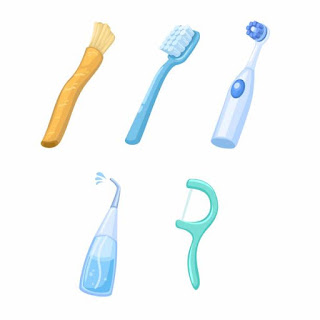Cavities, or dental caries, affect billions of people worldwide, yet their prevalence varies significantly from country to country. While some nations struggle with high rates of tooth decay, others have notably lower levels. What are they doing differently, and what lessons can the rest of the world learn from their approach to oral health?
Countries with the Lowest Cavity Rates
Studies have shown that countries like Sweden, Japan, Denmark, and Switzerland have some of the lowest rates of tooth decay. The reasons behind their success include a mix of public health policies, diet, and personal habits.
What Are They Doing Right?
1. Prioritizing Preventive Care
Sweden & Denmark: These countries emphasize regular dental checkups and preventive treatments. In Sweden, dental visits are free for children up to age 23, ensuring early prevention and treatment.
Lesson: Making preventive care accessible and affordable helps reduce long-term oral health issues.
2. Fluoride Usage & Water Quality
Japan & Switzerland: Both countries have effective fluoride programs, either through toothpaste, mouth rinses, or public water fluoridation.
Lesson: Proper fluoride use significantly strengthens enamel and reduces cavity formation.
3. Diet & Low Sugar Consumption
Japan: The traditional Japanese diet is naturally low in processed sugars, which reduces bacteria growth in the mouth.
Lesson: Reducing sugary foods and drinks, especially among children, lowers cavity risks.
4. Government Support & Dental Policies
Nordic Countries: Countries like Sweden and Denmark have government-funded dental care programs for children and affordable services for adults.
Lesson: Public investment in dental health leads to better long-term outcomes.
5. Strong Oral Hygiene Culture
Japan: Many Japanese people brush their teeth after every meal, a habit reinforced by workplace and school policies that encourage oral hygiene breaks.
Lesson: Encouraging frequent brushing and flossing can become a national norm when supported by public campaigns.
The Role of Culture in Dental Health
Cultural attitudes toward oral health also play a role in cavity rates:
Nordic and European nations generally view dental visits as part of overall healthcare, rather than a separate luxury.
Asian cultures, especially in Japan, integrate oral hygiene into daily routines more strictly than many Western nations.
In contrast, countries with high sugar consumption and limited access to preventive care often see higher cavity rates.
What Can Other Countries Do to Improve?
1. Increase access to preventive care through subsidized programs.
2. Encourage fluoride use through toothpaste and safe water fluoridation.
3. Limit sugar consumption, especially in schools and public institutions.
4. Promote brushing and flossing as a daily habit, integrating it into school and work routines.
5. Invest in dental education to teach people early about the importance of oral health.
Final Thoughts
Good oral health isn’t just about genetics—it’s about habits, policies, and accessibility. Countries that prioritize dental care as an essential part of overall health see lower rates of cavities and fewer oral health complications. By learning from nations with strong dental health strategies, other countries can implement changes that create a future with fewer cavities and healthier smiles.

























